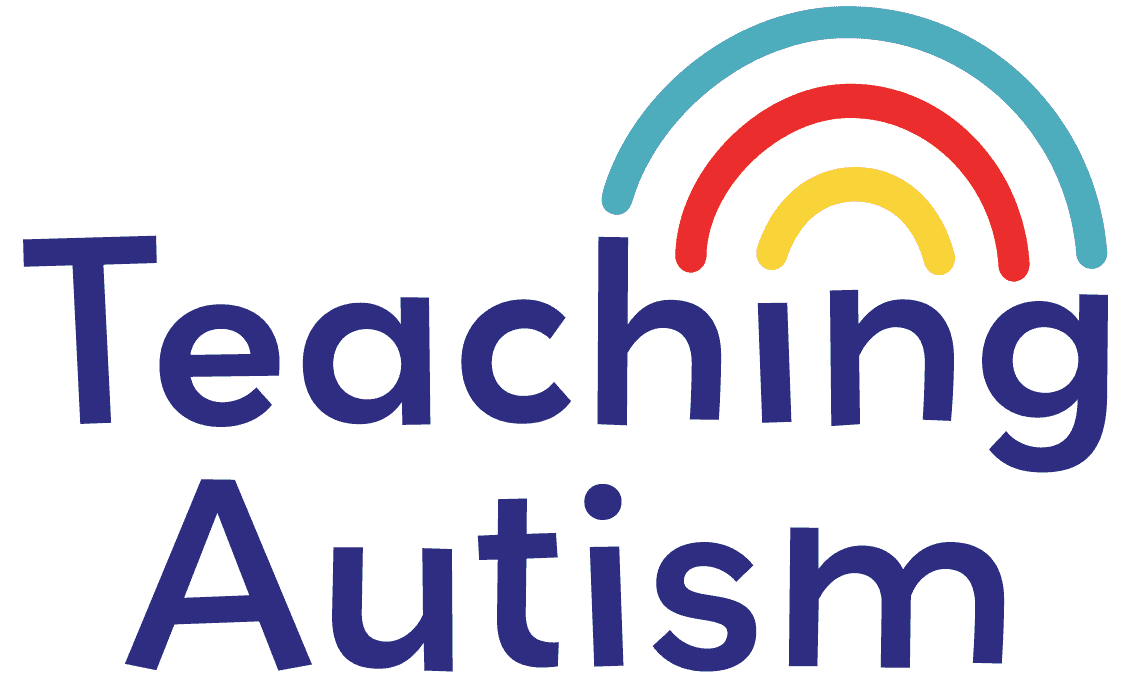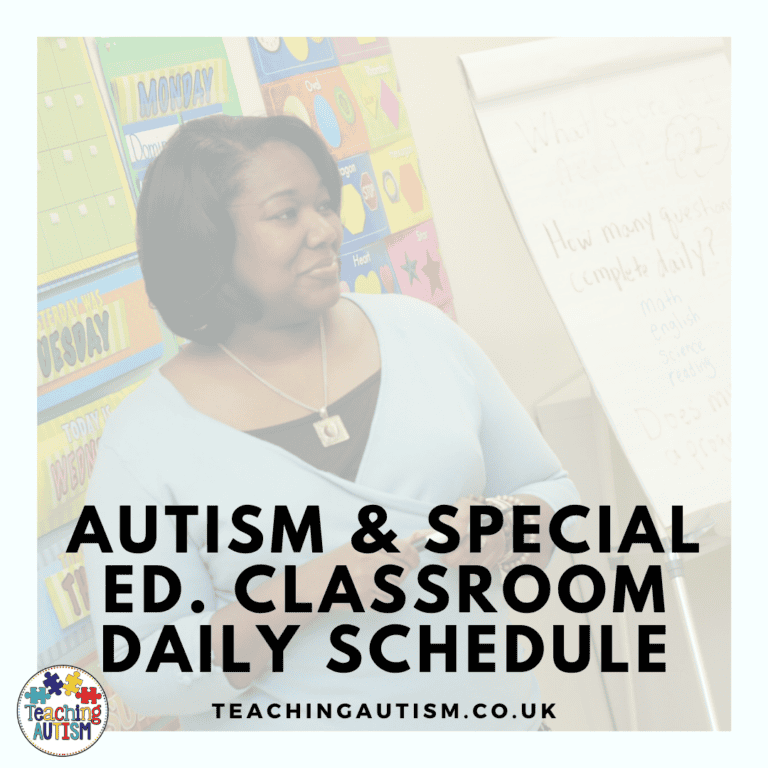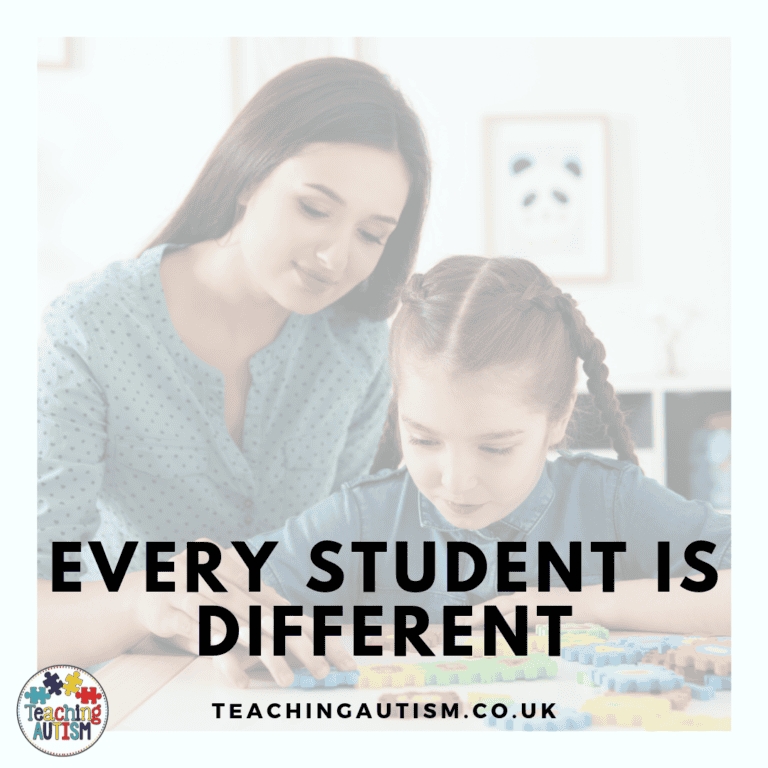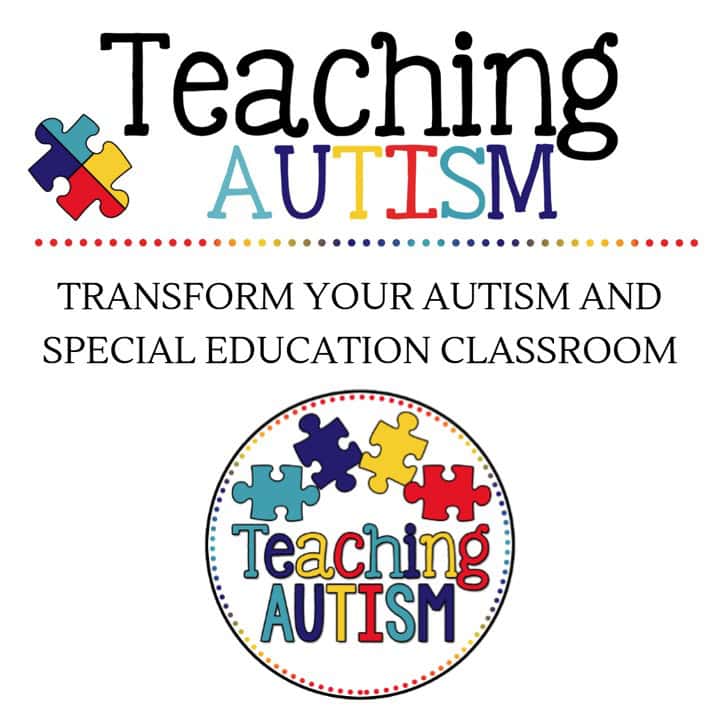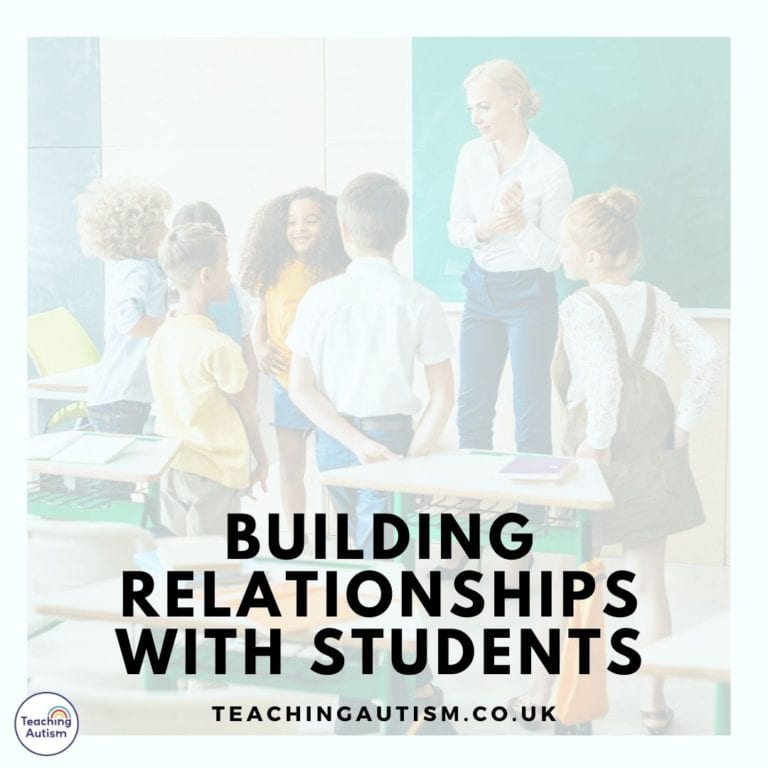Why Autism Training Should Be Mandatory in Schools
In this blog post today I’m sharing why autism training should be mandatory in schools.. And where you can get some great online training options too!
Alright, so let’s dive in and talk about something that shouldn’t be controversial in 2025 – but somehow still is.
Autism training. For all school staff. Required. Non-negotiable.
Because honestly? We’ve got millions of autistic students walking into schools every day – and far too many educators feeling totally unprepared to support them. And you know who ends up struggling the most? The student, the teacher, the parent… everyone.
Let’s break it down.
First, What Is Autism Training (and What Isn’t It)?
Let’s just get this out of the way: Autism training is not…
- A one-off PD day with a checklist and a quiz.
- A PowerPoint of outdated stereotypes and generic “behavior management” strategies.
- A rushed conversation that starts with “we think he might be on the spectrum…”
Real, meaningful autism training looks like this:
- Understanding how autism shows up differently for every individual
- Learning to support sensory needs, communication styles, and executive functioning challenges
- Creating classrooms where students aren’t forced to mask to survive
- Building environments that affirm neurodiversity, not just tolerate it
- And knowing how to respond when things get tricky – with compassion, not punishment
That’s exactly why I created the Autism Classroom Training course – because teachers kept telling me they wanted help actually supporting autistic students, not just reading about it in theory.
What Happens When Staff Don’t Get Training?
If you’ve worked in education for even five minutes, you’ve probably seen it:
- Autistic students labeled as “challenging” or “non-compliant”
- Staff confusing meltdowns with tantrums
- Sensory needs dismissed as “quirks”
- Kids sent home or suspended for literally trying to regulate
- Support staff left to figure it out with zero direction
- Parents blamed. Teachers burned out. Admins frustrated.
Sound familiar?
And the saddest part? It’s preventable. With proper training, so many of these situations can be handled so differently – with empathy, with strategies, with a calm voice instead of a disciplinary referral.
Now Picture This Instead…
Imagine a school where every adult – from the classroom teacher to the cafeteria staff to the school resource officer – understood:
- That stimming is a self-regulation tool, not a disruption
- That scripting is a form of communication
- That sensory overload is real and deserves support
- That autistic students need accommodation, not “fixing”
- And that quiet compliance doesn’t mean everything’s okay
Now imagine what it feels like to be that student in that school.
You’re seen. Supported. Safe.
That’s the environment we’re trying to build – and why we need every educator to have access to proper training, like what’s inside the Autism Classroom Training course.
Why Training Needs to Be Mandatory
Let’s be real: when autism training is optional, it’s usually the already-awesome teachers who sign up for it. You know the ones – they’re passionate, curious, and doing their best every day.
But optional training doesn’t change systems.
When we make autism training mandatory, we:
- Set a new baseline of understanding
- Help every student, not just the ones in “inclusion” classrooms
- Reduce teacher stress by giving them actual strategies that work
- Decrease crisis behaviors and disciplinary actions
- Show autistic students that their needs matter across the board
Because students don’t just interact with one trained adult a day. They move through hallways, cafeterias, gym classes, assemblies, substitute lessons, bus rides…
Autism training shouldn’t be a “bonus” for a few staff members. It should be part of the foundation every school is built on.
Teachers WANT This
This isn’t about blaming educators – it’s about equipping them.
I’ve spoken to hundreds of teachers across the U.S., and the message is the same:
“I want to do right by my students. I just wasn’t trained for this.”
And that’s totally valid.
Most teacher prep programs barely scratch the surface when it comes to neurodivergence. And even district-level PDs often focus more on compliance than compassion.
That’s why I created Autism Classroom Training – to give educators a self-paced, practical, and actually helpful guide to understanding autistic students and creating inclusive, affirming classrooms.
No fluff. No fear. Just real strategies that work.
What Should Autism Training Actually Include?
Good question. Here’s what I believe should be core content in every training session:
Core Topics
- What autism really is (hint: not a checklist of “symptoms”)
- Sensory processing differences and regulation strategies
- Masking, burnout, and how to support without pushing
- Communication styles (verbal, nonverbal, echolalia, AAC, scripting)
- Executive functioning and how it impacts daily life
- Inclusive classroom setup and visual supports
- Proactive supports instead of reactive consequences
- Strength-based and identity-affirming teaching
How It Should Be Delivered
- Led by neurodivergent voices (lived experience matters!)
- Includes real-life examples—not just theory
- Offers downloadable visuals, templates, and tools
- Encourages reflection and classroom action steps
- Accessible to teachers, paraprofessionals, specialists, and admin
Real Talk: It’s Not Just About the Autistic Students
Here’s something people forget – autism training benefits everyone.
Why?
Because a lot of what supports autistic students also supports:
- ADHD students
- Students with anxiety
- English language learners
- Kids dealing with trauma
- Students who struggle with transitions, sensory input, or expressive language
Visual schedules, clear expectations, movement breaks, and relationship-based teaching help all students feel safer and more successful.
And when staff understand how to support neurodivergent learners, we create schools that are more inclusive, flexible, and compassionate across the board.
Real Results: What Happens When Schools Get It Right
When schools commit to autism training for every adult in the building, here’s what changes:
- Students communicate more (even if it looks different)
- Meltdowns decrease because kids feel safe, heard, and prepared
- Teachers feel less overwhelmed and more confident
- Parents feel supported, not blamed
- Kids aren’t pushed to conform – they’re celebrated for who they are
And THAT’S the kind of school we all want to be part of.
So… Where Do We Start?
Start with training. Real training. Not a handout in a staff meeting.
If you’re a teacher or school leader looking to bring this into your classroom or building, check out my Autism Classroom Training course.
Here’s what’s inside:
- 8 bite-sized modules you can do at your own pace
- Lifetime access (so you can revisit when things get tough)
- Downloadable visuals and templates
- Real talk from someone who gets both the classroom and the neurodivergent experience
- And a focus on supporting the whole child, not “fixing behavior”
Because understanding is the first step toward true inclusion.
Final Thoughts (aka the part where I climb on my soapbox)
Let me just say this:
You can’t support what you don’t understand.
We wouldn’t dream of putting someone in a science lab without safety training. Or driving a school bus without a license. But we routinely put educators in charge of neurodivergent students without the training to support them.
That has to change.
Autism training should be mandatory. Not because it’s trendy or politically correct, but because it’s the right thing to do.
Our students deserve teachers who understand them.
Our teachers deserve the tools to do their job with confidence and compassion.
And all of us deserve school communities where every kind of brain is respected, supported, and included.
Ready to make your classroom more autism-inclusive—without the stress or guesswork?
✨ Click here to join the Autism Classroom Training course
Let’s build classrooms that feel safe for everyone – together. 🧡
Helpful Links
You may also find the following helpful;
- What is a Special Education Resource Teacher?
- Special Education Google Drive for Back to School
- Special Ed Classroom Schedule
If you found this blog post helpful please consider sharing it with your friends and colleagues on social media.
P.S. Have you signed up for my VIP membership yet? If not, head on over and sign up now. You’ll get access to hundreds and hundreds of resources, templates, crafts and more being uploaded every month!
Nikki
